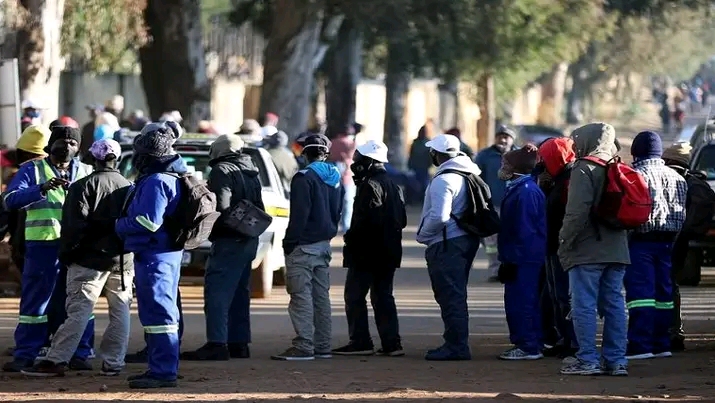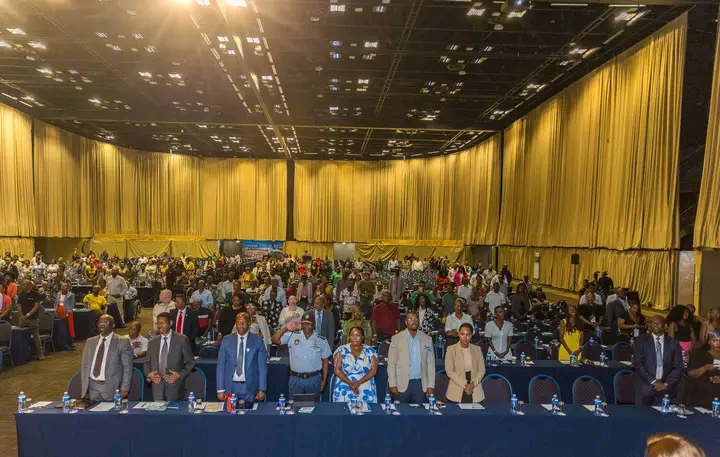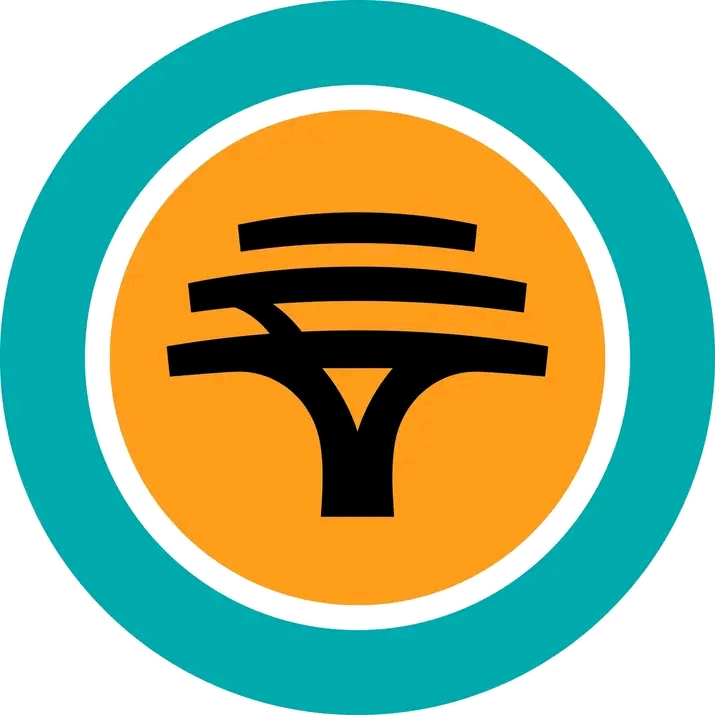Unemployment can be caused by several factors, often categorized into different types. Here are some common causes:
1. Cyclical Unemployment
- This occurs due to fluctuations in the business cycle. During periods of economic downturn or recession, demand for goods and services decreases, leading to job cuts. When the economy recovers, these jobs may come back.
2. Structural Unemployment
- This happens when there is a mismatch between the skills of the workforce and the demands of available jobs. For instance, technological advances or shifts in the economy can render certain jobs obsolete (e.g., factory workers losing jobs due to automation) or require new skills that the workforce doesn’t have.
3. Frictional Unemployment
- This type of unemployment occurs when people are temporarily between jobs or are entering the workforce for the first time. It reflects the time it takes for workers to search for a new job that matches their skills or preferences.
4. Seasonal Unemployment
- Certain industries experience fluctuations in demand based on the time of year (e.g., agriculture, tourism, or retail). Workers in these sectors may face unemployment during off-seasons.
5. Classical (or Real-Wage) Unemployment
- This happens when wages are set above the market equilibrium, leading to an excess supply of labor. This can occur due to minimum wage laws, labor unions, or other factors that prevent wages from adjusting to supply and demand.
6. Technological Unemployment
- Advances in technology can lead to job losses in sectors where automation or artificial intelligence takes over tasks that were once performed by humans (e.g., in manufacturing, retail, or logistics).
7. Globalization and Outsourcing
- Jobs may be moved to other countries where labor is cheaper, resulting in unemployment in the home country. This is often seen in manufacturing and customer service industries.
8. Policy-Induced Unemployment
- Sometimes, government policies (like high taxes, strict regulations, or costly labor laws) can discourage businesses from hiring or retaining workers, leading to job losses or slow job creation.
9. Natural Disasters or Pandemics
- Events such as natural disasters (e.g., hurricanes, earthquakes) or health crises (e.g., the COVID-19 pandemic) can disrupt businesses and lead to widespread job losses.
10. Demographic Changes
- Changes in the size or structure of the population (e.g., aging populations) can impact employment patterns. For example, older workers may retire, and there may not be enough younger workers with the right skills to replace them.
Unemployment is often a result of a combination of these factors, and addressing it usually requires targeted interventions based on the specific type of unemployment a region or economy is experiencing.



